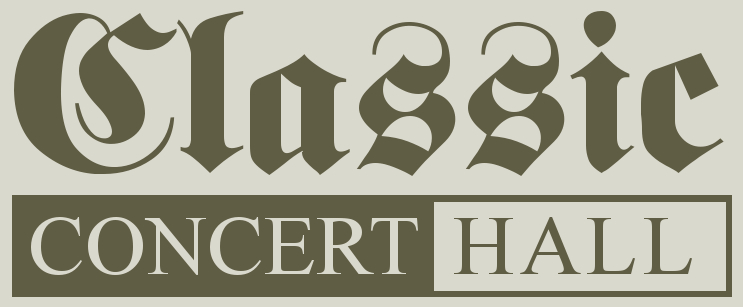|
Comments (8)
Comment on this music
Login/Register to post a comment.
|
Variation on Wolvercote
Uploaded by: alanr
Composer: Thalben-Ball, George Organ: Hereford Cathedral Willis Organ Software: Hauptwerk IV Views: 82
|
Uploaded by:
|
In_Christo_Gaudium (10/15/25)

|
|
Composer:
|
Balbastre, Claude 
|
|
Sample Producer:
|
Lavender Audio 
|
|
Sample Set:
|
Hereford Cathedral Willis Organ

|
| Software: | Hauptwerk VII |
| Genre: | Baroque |
| Description: | Claude Balbastre is a most worthy representative of the French organ tradition at the swansong decades of the High Baroque period. A student of great masters, he became organist at St. Roch in Paris, and his students included no lesser figures than Marie Antoinette and the daughters of Thomas Jefferson.
Ultimately, in his older age, he found himself at odds with the secularist ardour of the French Revolution, in great part due to his extensive connections with nobility. By sacrificing his talents before the political mandates of the regime, primarily by way of arranging revolutionary airs for the organ, he was able not only to have his life spared, but also to save many valuable instruments from destruction at the height of the Revolution’s anti-Christian fervour.
This solemn D minor diptych by Balbastre is a notable deviation from known French idioms for the organ, and veers rather towards the styles of German masters. The Prelude, characterised by a thunderous registration and numerous harshly dissonant chords, reads almost as if ominously prescient of the tempestuous historical circumstances which the composer would witness within his own lifetime. By contrast, the following Fugue, while still not devoid of tension, assumes a character clearly influenced by the dances and overtures of the time, yet never compromises the solemnity of the work’s character; thus strongly justifying the accolades by Dr. Charles Burney, who remarked that Balbastre could perform “in all styles […] and every species of music, even hunting pieces and jigs, without surprising or offending the congregation.” |
| Performance: | Live |
| Recorded in: | Stereo |
| Playlists: |
|
|
Options:
|
 Sign up today to download piece. Sign up today to download piece.
 Login or Register to Subscribe Login or Register to Subscribe
 See what In_Christo_Gaudium used to make this recording See what In_Christo_Gaudium used to make this recording
|
|
|



